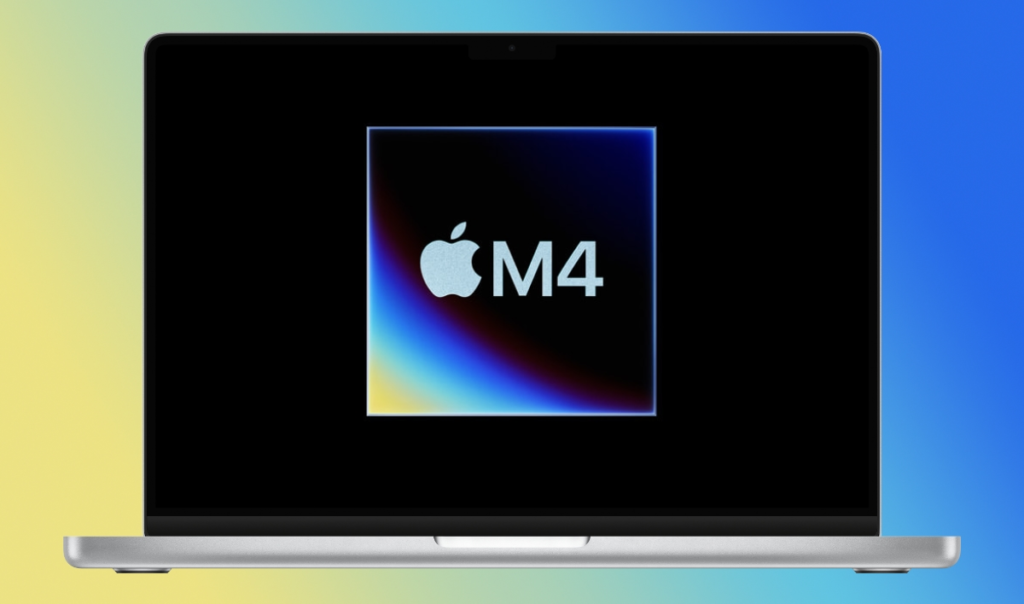The Asahi Linux project faces major challenges while attempting to port Linux to Apple Silicon Macs featuring the latest M4-powered devices. Developers state that fundamental changes in Apple chip architecture create the main obstacle that prevents current replication work from succeeding for M1 and M2 Mac systems. This setback highlights the ongoing challenges of reverse-engineering proprietary hardware in an era of rapid technological evolution.
The Technical Heart of the Problem
In a Mastodon post dated April 4, lead developer Sven Peter described the M4 support effort as “rather painful” compared to previous Apple Silicon generations. The issue centers on Apple’s Secure Page Table Monitor (SPTM), a low-level security feature embedded in the M4’s architecture. When configuring the boot process, Asahi’s m1n1 bootloader now encounters an environment where SPTM operates at the GL2 register level, complicating communication between the bootloader and the Memory Management Unit (MMU).
In simpler terms, Apple’s changes force the bootloader into a privileged execution mode (EL2) with limited access to hardware-specific extensions. While this setup allows basic Linux functionality, it blocks critical reverse-engineering workflows. For example, developers rely on running Apple’s XNU kernel within a hypervisor to study hardware behaviour, a process now disrupted by the M4’s locked-down configuration.

Comparing M1/M2 Success to M4 Struggles
Asahi Linux previously achieved remarkable milestones with M1 and M2 Macs, including GPU driver development and power management optimizations. However, the M4’s redesigned boot process and security layers have introduced unforeseen barriers. Key differences include:
- Boot Object Handling: The M4’s SPTM configuration prevents standard pagetable setup, which is critical for both Linux and hypervisor-based reverse engineering.
- Hypervisor Limitations: Running XNU (macOS kernel) in a virtualized environment is no longer feasible, slowing hardware analysis.
- Feature Support Delays: Asahi’s documentation lists nearly all M4 features (including display, Wi-Fi, and touchpad support) as “To Be Announced” or “Work in Progress”.
Implications for Users and Developers
For Linux enthusiasts, the delays mean M4 Mac owners cannot yet dual-boot or run Linux natively. Users show their dissatisfaction through community forum posts when trying installations because they have chosen between running via virtual machines or using M1/M2 devices from earlier times. Software developers confront serious obstacles during their work process. The team needs to look for technical solutions to bypass Apple’s SPTM limitations, or they must rely on upstream kernel developments, which do not address the issue fast enough.
Potential Workarounds and Future Paths
Peter discussed an approach for bypassing SPTM restrictions through the process of hijacking the XNU exception handler. The proposed method enables the team to restore pagetable configuration control by extensively modifying both operating system components. Nobody can guarantee success for this solution, which might need a long period of numerous months up to multiple years to complete its development.
Asahi’s priority remains upstreaming M1/M2. The project shows strength in the face of M4 difficulties through its new microphone support along with the builds of Fedora Asahi Remix.
Community Reactions and Broader Impact
The Linux community has given inconsistent reactions to this news. Multiple experts have given positive feedback about Asahi’s clearness in their operations, although Apple faces criticism from those who feel the company impedes open-source projects. Silicon Macs from Apple enable custom kernel installation as per Apple’s current regulations, but the M4’s hidden technical data system puts this policy to the test.
Industry analysis points to the delays as a potential catalyst for users to switch to ARM-based Windows VMs under Asahi’s recently implemented KVM patches. Native Linux provides the most preferred operating system for builders and users who value their privacy.

What’s next?
Asahi Linux is dedicated to its core objectives while actively supporting upstream platforms, notably the Linux kernel and Mesa3D. According to the March 2025 report from the team members, they continue developing strategies to decrease the use of downstream updates to guarantee sustainable development.
Despite fading M4 support efforts, the wider innovation brought by the project is visible through its capability to synchronize Bluetooth between macOS and Linux systems. The ongoing evolution of Apple’s silicon dictates that M4 Mac users will need to remain patient for developers to ensure support.





